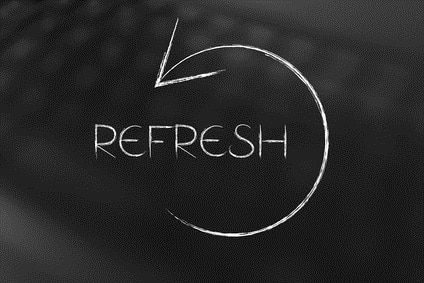For job seekers, recruiters, and sales professionals alike, LinkedIn is one of the most powerful (if not the most powerful) tool out there. As the world’s largest professional networking site, LinkedIn connects industry professionals with each other and helps those actively seeking employment discover job opportunities. With products such as LinkedIn Sales Navigator (a tool utilized by sales professionals to help find and reach decision makers), LinkedIn Talent Insights (a tool that gives companies direct access to real-time data on both talent pools and companies around the world), and LinkedIn Recruiter (a talent search tool that helps recruiters find and engage job candidates), companies, such as PSCI, lean on the product heavily to help grow and sustain their business.
In this blog post, we address some eye popping statistics related to the employment-oriented online service, make the case for and show you how to create an effective profile, and list the best practices for getting the most out of the site.
LinkedIn Statistics
The following statistics illustrate how robust of a network LinkedIn boasts:
- LinkedIn currently has over 610 million members; half of whom are active monthly users, and 40% of which visit the site daily
- On average, 2 people create a LinkedIn account every second
- 90 million senior-level influencers and 63 million decision makers use LinkedIn
- It’s the platform of choice for recruiters, 77% of whom use it to search for job candidates
- Staffing and recruiting top LinkedIn’s list of the most connected industries, with members averaging 702 connections
Top Reasons for Creating a LinkedIn Profile
If the fact that just about everyone uses the platform doesn’t persuade you to join, here are some additional reasons to create a profile (or just to reinforce why you’re there in the first place):
- People use the site to find out more about you. Sure, there are other avenues, but so much of today’s society is driven by social media. LinkedIn gives you the opportunity to control what they discover about your strengths and own personal brand.
- It’s the most efficient way to manage and grow your professional network. There’s no easier way to stay connected to current and former colleagues, learn what they’ve been working on, and to share your own expertise and achievements than by keeping an active LinkedIn profile.
- The resources are innumerable. Via your connections and group memberships, you can get help with problem-solving, find new teammates and business partners, and gain access to an incredible referral network. All without leaving your seat!
- It props up your personal brand. LinkedIn provides one of the best opportunities to increase your visibility and credibility within your field. Develop videos, create infographics, share work experiences and achievements; with LinkedIn you can develop a truly three-dimensional view of your brand.
How to Make an Effective LinkedIn Profile
Although your resume and LinkedIn profile are both important job-search tools, they should not mirror each other. Here are some best practice tips for creating an effective LinkedIn profile:
- Include a professionally taken headshot
- Create an attention getting headline. For example, “Enterprise Software Executive | Helping companies find better performance, productivity, and profitability.”
- Complete the experiences section, which would include current and past jobs
- Connect with more than 500 people (LinkedIn keeps the minimum of connections a person can show to 500+) and customize your URL
- List your experiences that describe your key accomplishments and illustrate how you impacted the organization
- List your volunteer experiences and causes you may care about
- Include both your certifications and education history
- List the organizations you belong to, the honors and rewards you have received, projects, publications or patents you’ve been involved with, as well as any additional languages you may speak
The idea is to create a well-rounded profile of yourself. You never know what a recruiter may be looking for or what may catch a hiring manager’s eye.
LinkedIn Best Practices
As for LinkedIn best practices, the key is to stay involved. Keep your profile up-to-date and stay active on the platform. The more you share, the more visible you’ll be (just be careful about what you share). If you’re looking for a job, or just curious about what else may be out there, you can let job posters or recruiters know you’re open to new opportunities by changing your job seeking preferences in your settings.
For additional details on how to get the most out of the platform, consult two of our previous blog posts on the matter: “Optimize Your Marketability Using LinkedIn” and “Your Professional Network: Advantages and Best Practices.”







